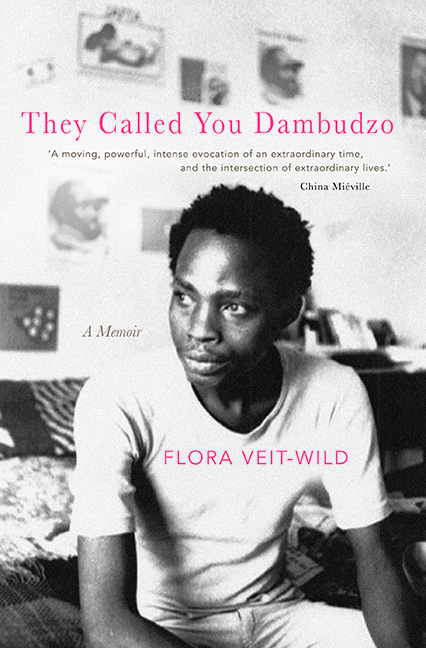Summary
AT THAT POINT, IN 1987, medical knowledge about the development of the illness was still rudimentary. Assumptions of the general public, those who were infected and those who were not, had little foundation. One theory was that among those who tested HIV positive some were only carriers of the virus whereas, in others, it might take between one and ten years until they would have full-blown AIDS. The most significant indicator was the number of helper cells in your blood in relation to the killer cells. If the helper cells dropped below 200, opportunistic diseases would normally begin, we were told; from 100 downwards to zero you were on the trip to full-blown AIDS.
Blood needed to be monitored every three months and so we continued to send samples of serum to Germany; if we were visiting, we had the tests done there in person. The period of waiting for the results was the most harrowing time. Would the number of helper cells have dropped again?
You felt on a downward slope, hoping only that the slide would not be too fast, or that a miracle would happen before you reached the bottom. You would also continuously be checking your body for possible symptoms, feeling for swollen glands, being alarmed by minor changes on your tongue, on your skin, or by night sweats. While there was no cure in sight, doctors advised us on prophylactic methods which might prevent certain forms of the illness, first of all the most dreaded one, Pneumocystis pneumonia (PCP), a typical AIDS-related killer disease.
It was what Dambudzo would die from, in August that year.
Once a month we had to inhale a certain substance using an electrical inhalator. There was the hassle of making sure we always had a sufficient supply of the substance and of the tubes needed for the inhalations. The procedure took one hour. The children kept asking why we were doing this. I hated it.
Our children. They were nine and six years old when we had received our diagnosis.
My brother, in his pessimistic outlook, urged us to tell them and also to have them tested. In the time before we knew, they might have had blood contact with one of us, he said.
I could not.
- Type
- Chapter
- Information
- They Called You DambudzoA Memoir, pp. 208 - 209Publisher: Boydell & BrewerPrint publication year: 2022



